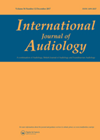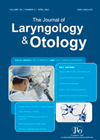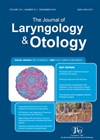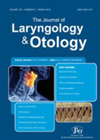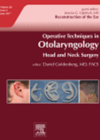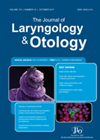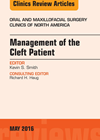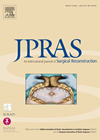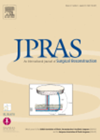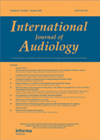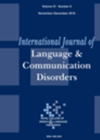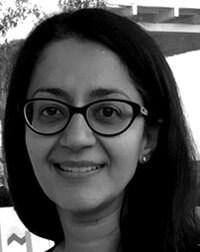
Journal Reviews
Video otoscopy
The COVID-19 pandemic and challenges in offering health services at the time showed how useful telehealth services can be. One of the undoubted benefits of video otoscopy is that both images and recordings can be sent to specialists for assessments....
Correlation between middle ear and mastoid volumes with results of type 1 paediatric tympanoplasty
This is a retrospective study of 45 paediatric patients, aged between eight and 18 years, who underwent Type 1 cartilage graft tympanoplasty using conchal cartilage. Middle ear and mastoid volumes of these children were correlated with anatomical and functional outcomes...
A comparison between trainee and trainer outcomes in mastoid surgery
In this era where training faces restrictions due to theatre time, fewer sessions available to trainees and requirements of consultant-led and consultant-delivered services, one unit confirmed that myringoplasties given to trainees reduced from 34.2% to 16%. This study compares outcomes...
Is canal wall down with obliteration a useful compromise between canal wall up procedure and open mastoid cavities?
Controversy has raged for many years between open mastoid cavity procedures and canal wall up techniques in terms of postoperative recidivism and ear discharge. It is generally believed that canal wall up procedures can miss hidden cholesteatoma but preserve useful...
Multisystem pathology in refractory otitis media with effusion
Recurrent middle ear effusion is a common problem and so is rhinosinusitis with polyposis. It is not often thought that the problem could be linked to multisystem pathology, such as eosinophilic granulomatous with polyposis. Therefore, repeated grommet insertions and surgical...
Revising pinna embryology and anatomy
This forms an introductory article for a group of papers discussing the reconstruction of the pinna. It is a succinct yet adequately detailed article that all of us, at whatever stage of our careers should endeavour to read, as it...
Diagnosis of obstructive sleep apnoea hypopneoa syndrome (OSAHS) without sleep studies
Polysomnography is considered the ‘gold standard’ in the diagnosis of sleep apnoea but it is expensive and difficult to perform in children. Diagnosis based on subjective judgement is often inaccurate. An accurate diagnostic scale based on clinical parameters could obviate...
Management of the ear in cleft lip and palate
The management of patients with cleft lip and palate includes a focus on effective speech and language function. Poor eustachian tube function and middle ear dysfunction mean over 90% of children suffer from otitis media with effusion. This article provides...
Treating keloid scarring with pressure clips following excision: does it work?
Keloid scars can pose a difficult management problem. Whilst not harmful in themselves they can be cosmetically unappealing and lead to social embarrassment and resulting isolation, and following surgical excision they often reoccur. Mechanical pressure is an adjuvant to surgical...
Postauricular advancement flap for partial helix defect repair
Ear defects can be the result of trauma, burns or ablative surgery. The three dimensional structure of the pinna presents a difficult reconstructive challenge as successful ear reconstruction requires both similar tissue cover and a supporting framework. Partial ear reconstruction...
Forward-going sound pressure wave with hearing thresholds
This article discusses an important and well-known point regarding the differences between coupler sound pressure measurements, used to calibrate earphones, and actual pressures delivered to the ear due to individual variances across patients. The study purports to suggest a new...
Early intensive aphasia therapy in stroke patients
The impact of aphasia following stroke is devastating. Very early aphasia rehabilitation studies have been the subject of ongoing debate. This paper describes the comparison of a very early aphasia therapy regimen with a historical ‘usual care’ control group after...

